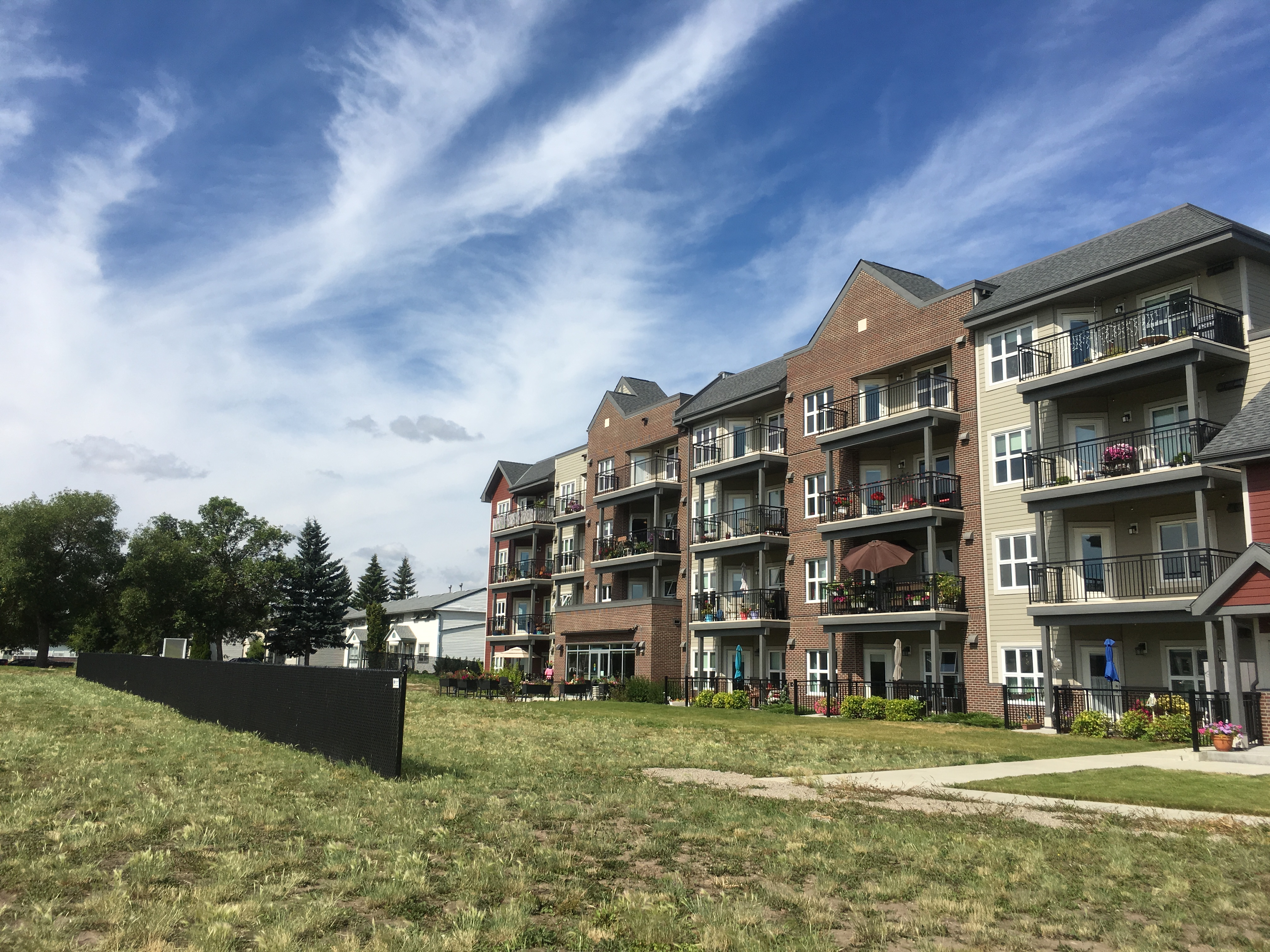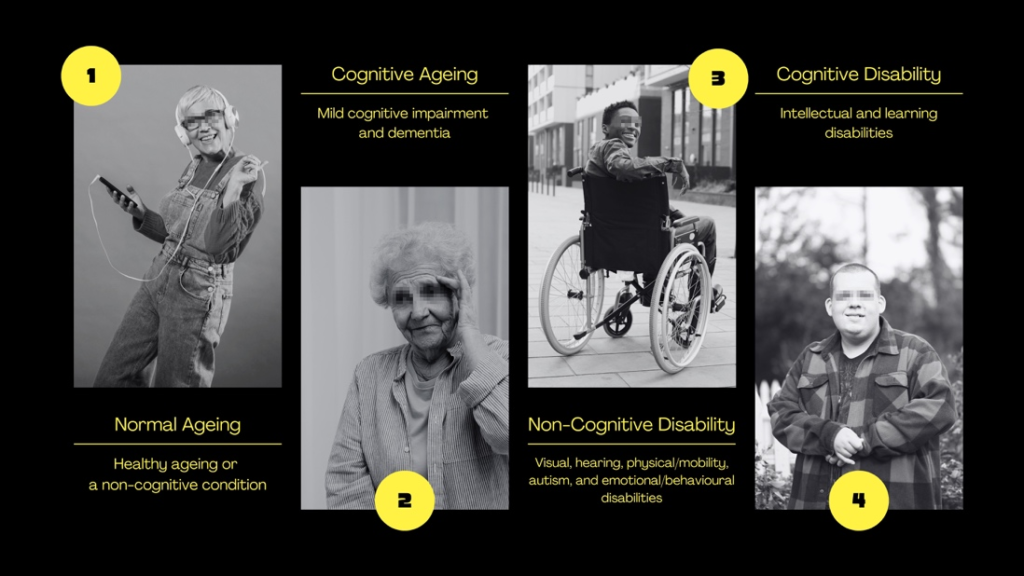City Know-hows

Target audience
Built environment planners and designers; Senior housing developers; Public health practitioners and policymakers.
The problem
During the COVID-19 pandemic, virus transmission prevention strategies including the lockdown of public spaces and implementation of stay-at-home order can limit older adults’ opportunities to engage in the broader community, healthy living activities, and psychological wellbeing maintenance.
What we did and why
We conducted a case study of older adults in an independent-living building and the surrounding neighbourhood in Edmonton, Alberta, Canada. This study allowed insights into how an adaptive bubble was established and how the built environment can support an adaptive bubble to protect older adults from virus transmission while helping them to maintain healthy living activities and psychological wellbeing.
Our study’s contribution
Complex and nuanced relationships between human and nonhuman factors that support and challenge an adaptive bubble strategy are elaborated in:
Building interiors: as central to the bubble since this is where residents conduct daily-needed activities and attend congregate activities;
Neighbourhood environments, as the extension of the bubble that affected residents’ outdoor activity engagement;
Building edges, as spaces balancing residents’ needs for connecting with the world outside the bubble and protecting themselves within the virus-safe bubble.
Impacts for city policy and practice
The adaptive bubble strategy can be considered by communities with building and neighbourhood environments as a way to support both the prevention of virus transmission as well as the maintenance of healthy living activities during the ongoing pandemic, the upcoming recovery phase, and future epidemics.
Further information
Housing for Health team. Alberta, Canada
Full research article:
‘We are developing our bubble’: role of the built environment in supporting physical and social activities in independent-living older adults during COVID-19 by Hui Ren, Megan Strickfaden, John C. Spence, Jodie A. Stearns, Marcus Jackson, Hayford M. Avedzi & Karen K. Lee.
Related posts

How people use energy affects their health, current approaches focus on behavioral change or interventions in the home. This strategy discounts the influence of healthcare. To integrate healthcare into this issue we need to engage with how it is already understood within healthcare and what the challenges are.

Thailand has spent 16 years developing design guidelines for the elderly and people with disabilities. Still, accessible design for cognition remains inadequate for the impending super-aged society. This mismatch emphasises a critical failure in design planning that demands urgent improvement.

Poorly designed neighbourhood outdoor spaces can harm citizens’ mental health, such as presenting them with information overload, crowding or low exposure to nature. Our research explored which design elements can support urban designers in designing neighbourhood outdoor spaces that can reduce stress and attention fatigue and improve the mental health of all citizens.